Essential Guide to Call-Only Ads for Emergency Response Success
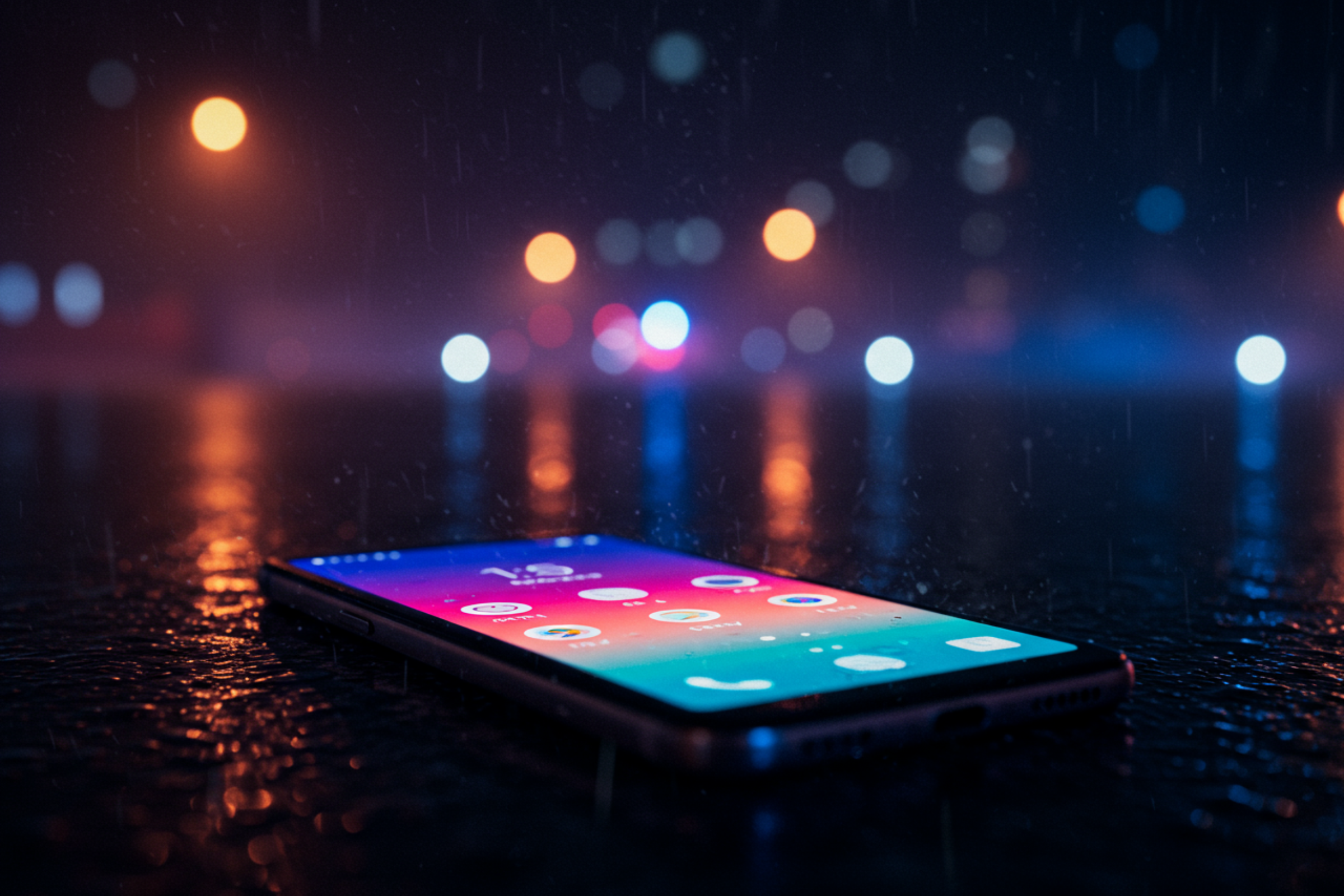
Why Call-Only Ads Are Essential for Emergency Services
When a pipe bursts in the middle of the night or a car breaks down on a deserted road, the last thing anyone wants is to fill out a form or wait for an email reply. This is where call-only ads become a lifeline for emergency service providers. Unlike traditional digital ads, call-only campaigns display a clickable phone number, connecting potential clients directly to your team with just one tap. This streamlined experience is invaluable, especially for customers in crisis who need help now—not later.
These ads cut out the friction of online forms or web navigation, reducing barriers and ensuring that every click represents a high-intent lead. People who engage with call-only ads are seeking immediate assistance, so you're not just attracting clicks—you're capturing urgent, conversion-ready prospects. For small businesses that operate around the clock, call-only ads create an air of authority and reliability, signaling to users that help is just a phone call away, day or night.
Moreover, by focusing on direct calls, you build trust with your audience. People are more likely to trust a service they can reach instantly, especially during emergencies. In competitive markets, this approach helps small businesses stand out by being available and responsive when it matters most, ensuring you’re the first—and often only—choice for those in need.
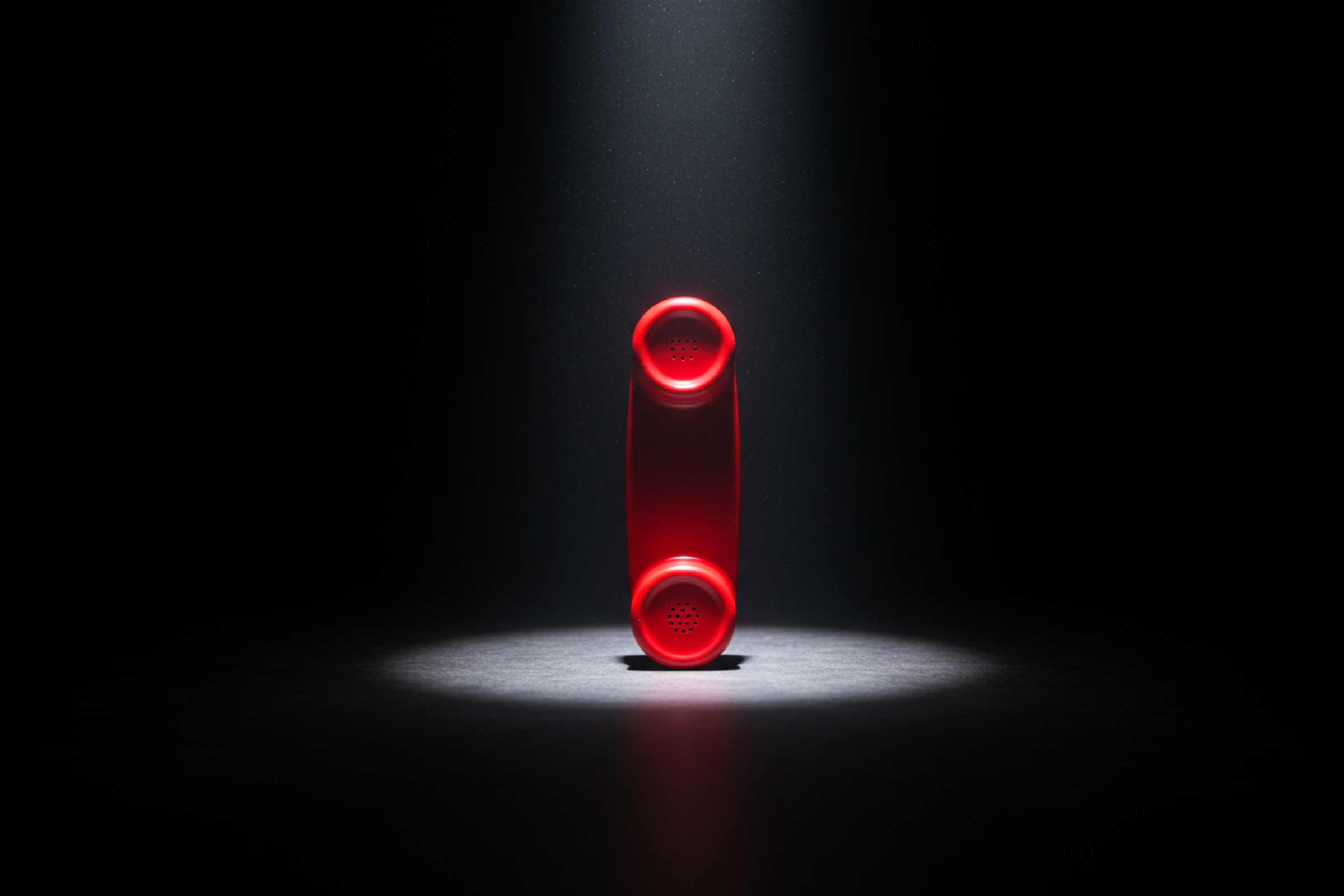
Preparing for Success: Key Elements Before Launching Your Campaign
Launching a successful call-only ad campaign starts long before the first ad goes live. Begin by clarifying your campaign objectives: Are you looking to increase after-hours calls, target a specific type of emergency, or expand your reach to new neighborhoods? Defining these goals will guide every aspect of your campaign, from ad copy to budget allocation.
Next, ensure your business has the infrastructure to respond to calls at any hour. This could mean staffing your phones 24/7, using an answering service, or setting up intelligent call routing so no urgent inquiry goes unanswered. Missed calls mean missed business, especially in emergencies, so reliability is non-negotiable.
A clear, compelling value proposition is also key. What sets your emergency service apart? Maybe it’s your rapid response time, certified technicians, or years of community trust. Distill your unique value into a concise message that can be delivered in just a few seconds—this will form the backbone of your ad copy.
Don’t forget the legal and practical details. Make sure your business licenses, insurance, and emergency credentials are up to date and visible to instill confidence in potential customers. Finally, use your ad platform’s targeting tools to focus your budget on the most relevant times and locations. For example, you might allocate more budget to late-night hours or target neighborhoods with older infrastructure prone to emergencies. Proper preparation ensures your campaign is primed for maximum impact right from the start.
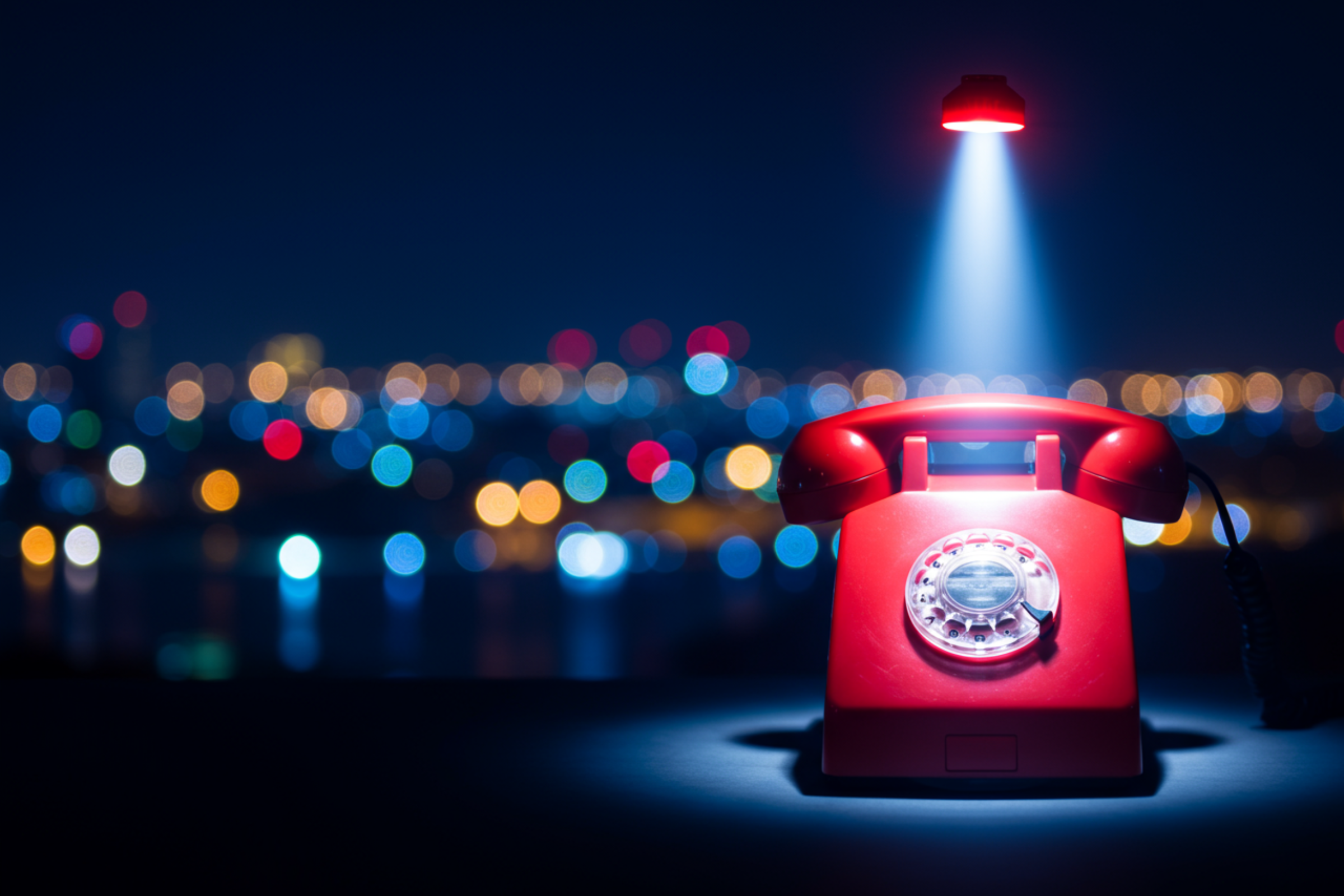
Building Your Call-Only Ad Campaign: Step-by-Step Instructions
Creating a call-only ad campaign may seem daunting, but following a clear process can make it straightforward and effective. Start by choosing your advertising platform—Google Ads is a popular choice due to its robust call-only campaign options and widespread use.
Step 1: Log into your advertising account and select the option to create a new campaign. Choose “Leads” or “Phone Calls” as your objective to signal your focus on direct customer connections.
Step 2: Opt for “Call-Only” as your ad format. This ensures that users see your phone number and a call button, with no distractions from website links.
Step 3: Craft your ad copy with urgency and clarity. Use phrases like “Call Now for Immediate Help” or “24/7 Emergency Response Available.” Include your unique selling points—such as “Licensed Technicians on Call” or “Fast Arrival Times”—to reassure prospects they’re making the right choice.
Step 4: Enter your business phone number, ensuring it’s accurate and actively monitored. Implement call tracking to monitor which ads generate the most leads, providing insights for future optimization.
Step 5: Set your bid strategy. For emergency services, consider bidding higher during peak hours to ensure your ad appears at the top when urgency is highest. Use location targeting to focus on areas you serve, and schedule your ads for 24/7 availability if you offer round-the-clock service.
By following these steps, you’ll lay the foundation for a campaign that connects you directly with customers in their moments of need, maximizing your opportunity to help and grow your business.
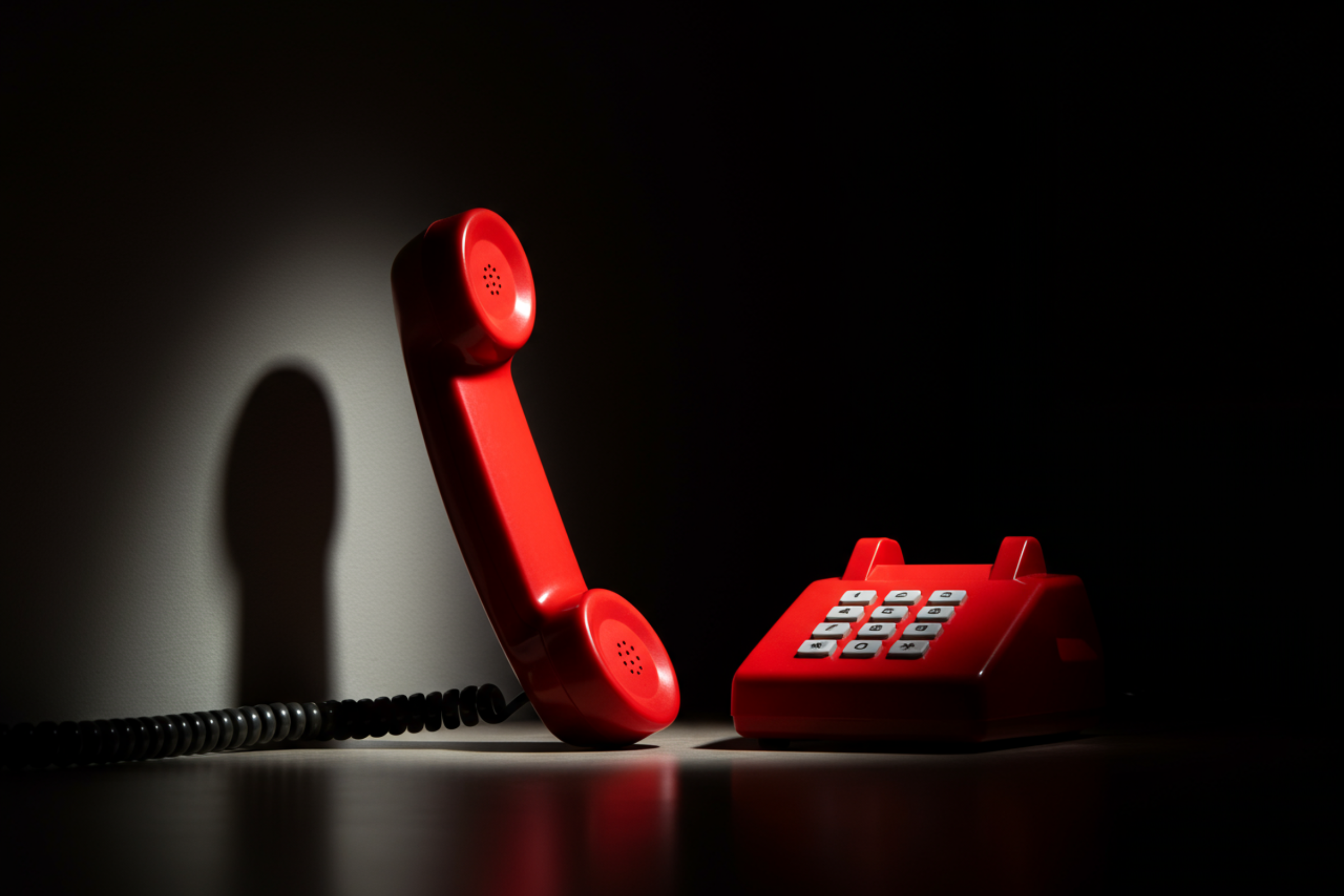
Optimizing Campaigns with AI Marketing Tools for Small Businesses
With advancements in AI marketing, small business owners have access to tools that can dramatically improve the performance of their call-only ad campaigns. AI-powered platforms can analyze vast amounts of data to suggest the most effective keywords and phrases for your ad copy, ensuring your message resonates with those searching for urgent help.
Beyond just writing support, AI can automate real-time adjustments to your campaign. If certain keywords or times of day are generating more calls, AI tools can shift your budget and bids to capitalize on these trends without you lifting a finger. This smart automation means your campaigns remain efficient and effective, even as search behaviors change.
AI-powered call tracking and analytics offer another layer of insight. By analyzing call recordings and patterns, these tools help you understand which ads and keywords drive the highest-quality leads. With this data, you can refine your messaging, adjust targeting, and ensure your staff is prepared to handle the most common types of emergencies.
Personalization is another powerful benefit. AI can tailor ad messages based on location, time of day, or even the device being used—making your ads more relevant and increasing the likelihood of a call. For small business owners, these tools save valuable time and resources, allowing you to focus on delivering excellent emergency service while your marketing works efficiently behind the scenes.
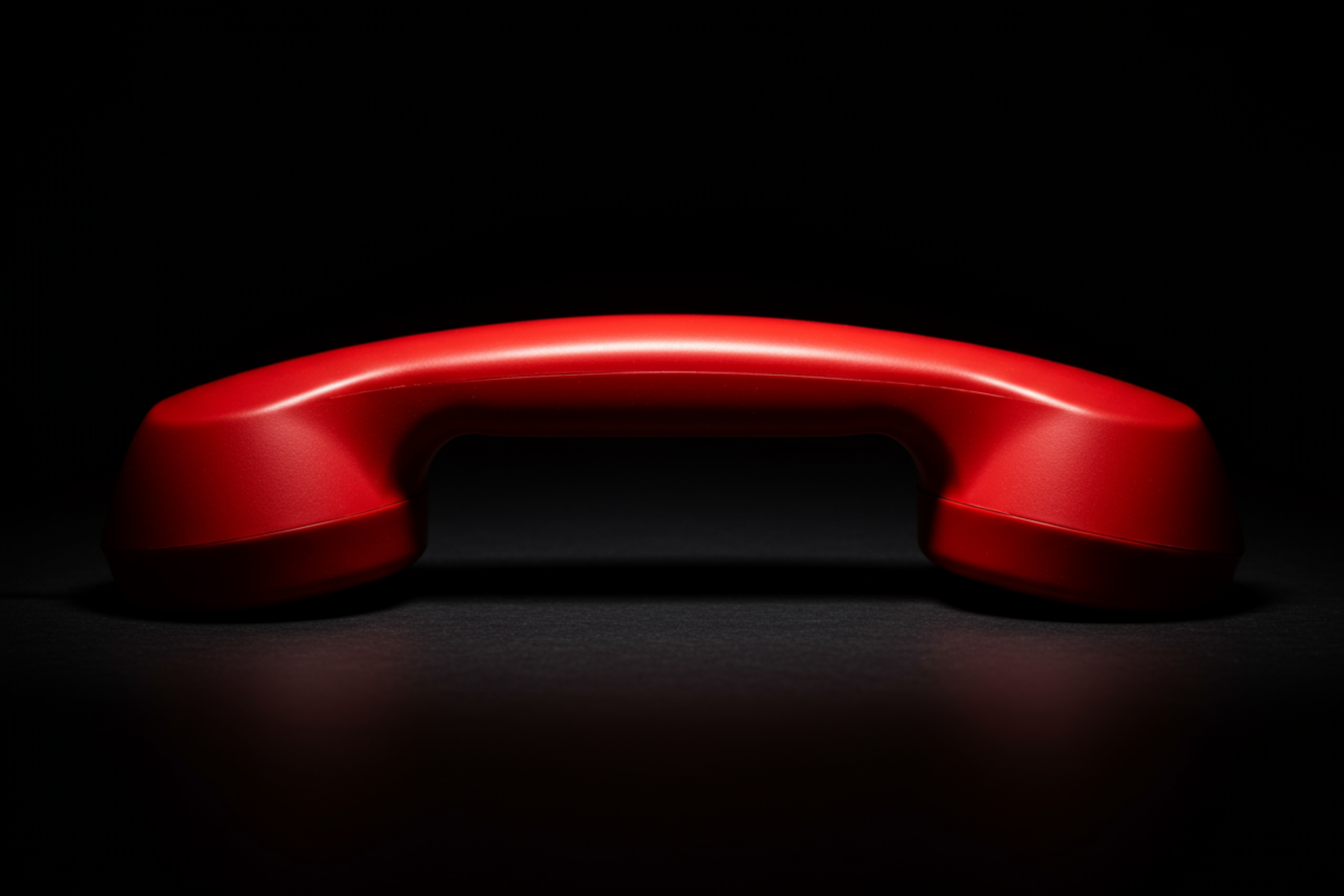
Measuring Results and Ensuring 24/7 Responsiveness
After your call-only ad campaign is live, ongoing measurement and responsiveness are crucial to achieving sustained success. Track core metrics such as total call volume, average call duration, and conversion rates—how many calls turn into booked jobs or resolved emergencies. These numbers will reveal not only how effectively your ads are driving leads, but also the quality of those leads.
Dig into analytics to identify when most emergency calls come in. Are you busier on weekends or during certain hours? Use this data to adjust your ad scheduling and bidding, ensuring you’re visible precisely when customers need you most. If your call tracking shows a drop in answered calls during late nights, consider additional staffing or improved call routing to maintain 24/7 service.
Responsiveness isn’t just about answering the phone—it’s about delivering a consistent, reassuring experience every time. Train your team to handle urgent calls with empathy and efficiency, as every conversation shapes your reputation and customer trust.
Finally, embrace a feedback-driven mindset. Solicit feedback from callers, review call outcomes, and use these insights to refine both your ad messaging and service delivery. Stay agile by making regular campaign tweaks based on performance data. By combining smart measurement with an unwavering commitment to responsiveness, you’ll ensure your emergency service stands out as a trusted, go-to resource for customers in their time of need.